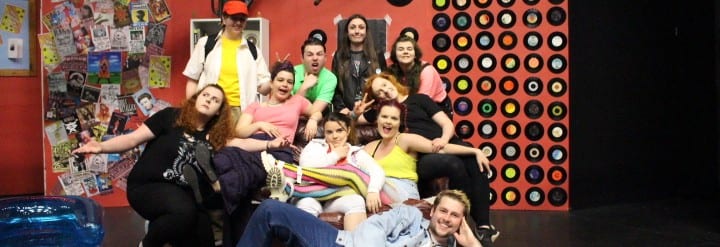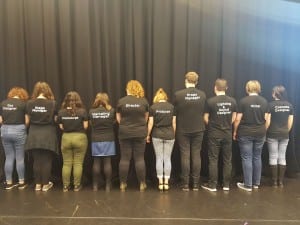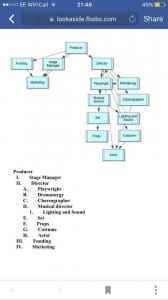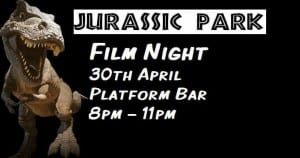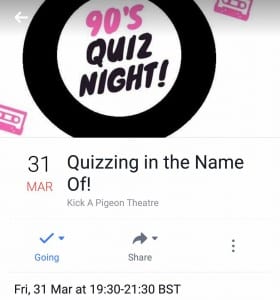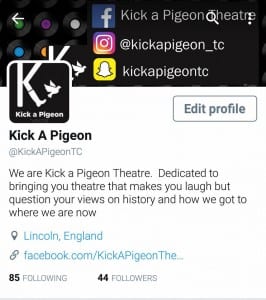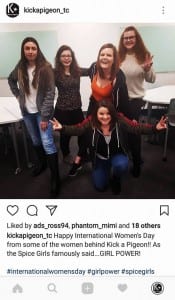Kick A Pigeon Theatre was initially created within the Theatre Company module seminars. We quickly assembled as a company and became a focused group, working on a name and our individual production roles in order to become a functioning theatre company as quickly as possible. During the discussion of production roles, I realised that no one had shown interest in the directing role. As I have always had an interest in the role, but was unable to do the directing module on the course, I thought this would be an amazing opportunity to try my hand at being the director of the company. In addition to this, we established a code of conduct straight away, and began meeting regularly to establish initial ideas and begin to develop our final piece of work for the module.
After deciding on the roles, we began brainstorming the name of our company in order to create our branding. One of the most important elements of choosing a name is to ensure that the name of your company reflects your company and the people in it. This branding took some time and some trials. We went through a lot of other names, all equally representative of our theatre company, before settling on the name Kick a Pigeon Theatre. Our name, I feel, really represents our company as it shows our playfulness, and in addition, as our manifesto explains “They steal your food, use your car/head/whatever they can find as a toilet and just make a general nuisance of themselves. Like most of life’s problems, they’re unavoidable and can be found pretty much everywhere. And when dealing with life’s problems, you often find there’s only so much you can handle before you need to take action” (Kick A Pigeon, 2017). In addition to the description of Pigeon’s and problems, the name also represents the farcical comedy that we as a company will produce. I feel that so far as a company we have succeeded in linking all of our work in order to make it clear for our audience who we are as a company. We aim to be a fun company, producing comedy, but also highlighting the issues within the present day and displaying to the audience the fact that these events have occurred in the past, and that we will continue despite these events.
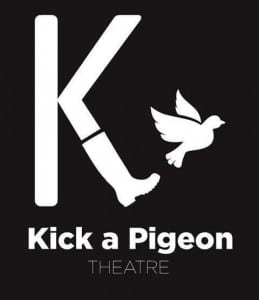
Kick A Pigeon Theatre Logo (Kick A Pigeon, 2017)
We have decided as a group that a straight play would be the best way in which to convey our ideas and present them to an audience. The farcical nature of the pieces of work that we wish to produce is also indicative of this style.In addition, this also plays to the strengths of many of the members of our group, and allows us to develop the characters and ideas within our time limit for the final performance. From today, we will begin to write the piece, and develop the ideas that everyone in the group has contributed so far into creating our final piece of work.
As director of the company, I feel that I will take on two different roles during the devising of our final performance. I feel that during the initial stages of the piece, I will be the facilitator of devising the scenes that will be refined with our writing team. I will need to work closely with the writing team in order to translate the piece from the page onto the stage. Later on within the process, once everything begins to come together and the script is complete, I will take on a much more authoritative role in order to ensure that the piece is refined and running smoothly in preparation for our final performance.
Works Cited: Kick A Pigeon Theatre (2017) Kick A Pigeon Theatre. Lincoln: Available from: https://kickapigeon.blogs.lincoln.ac.uk/ [Accessed 28th February 2017 ]
